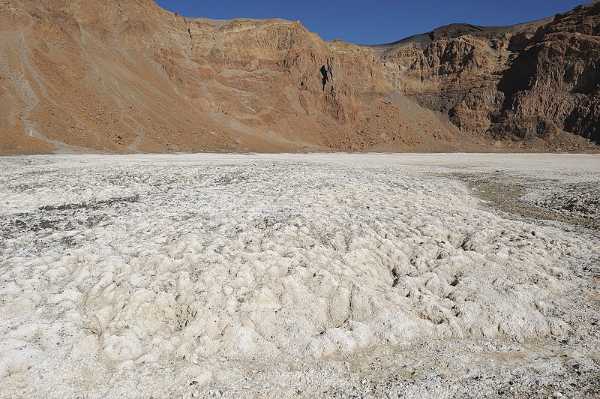
5 The transition to plant ash in the Levant, therefore, seems to have taken place in or after the eighth century. 4 Similarly, glass vessels from Jordan and southern Syria were made with natron at least until the early seventh century (the date of the latest samples). With one exception, the latest evidence for the use of natron by Levantine glassmakers consists of raw glass from the sixth- or seventh-century glass factory at Bet Eli'ezer (Hadera) and eighth- to ninth-century glass vessels from Ramla, both in Israel. Natron in the Levant: The Latest Evidence Presumably it was exported by sea from Alexandria. Lakeside deposits of these minerals have been exploited since antiquity, 3 and it is generally accepted that the Wādi el-Natrūn was the source of the natron used by Roman and Byzantine glassmakers in Egypt and the Levant. The Wādi el-Natrūn contains a series of lakes that are rich in salt and natron. The most extensive deposits of natron in the Mediterranean region are in the Wādi el-Natrūn, between Cairo and Alexandria, in Egypt. Although my focus is the Levant, the note may have wider implications. 1 This note draws attention to events that may have influenced the transition from natron to plant ash. The raw materials used by most glassmakers in the same region half a millennium later were plant ash and calcium-free sand or crushed quartzite.


were natron and calcium-rich sand collected on local beaches, the most famous of which was the beach at the mouth of the Belus (Na'aman) River, Israel. The raw materials used by glassmakers in the Levant (the eastern littoral of the Mediterranean Sea) in the mid-first millennium A.D. In the Mediterranean region and Western Asia, these three components were usually introduced in the form of two ingredients: either natron (soda) and sand containing shell fragments (silica and lime), or ash derived from halophytic plants (soda and lime) and calcium-free sand or crushed quartzite (silica). The basic components of early glasses were soda, lime, and silica.


 0 kommentar(er)
0 kommentar(er)
